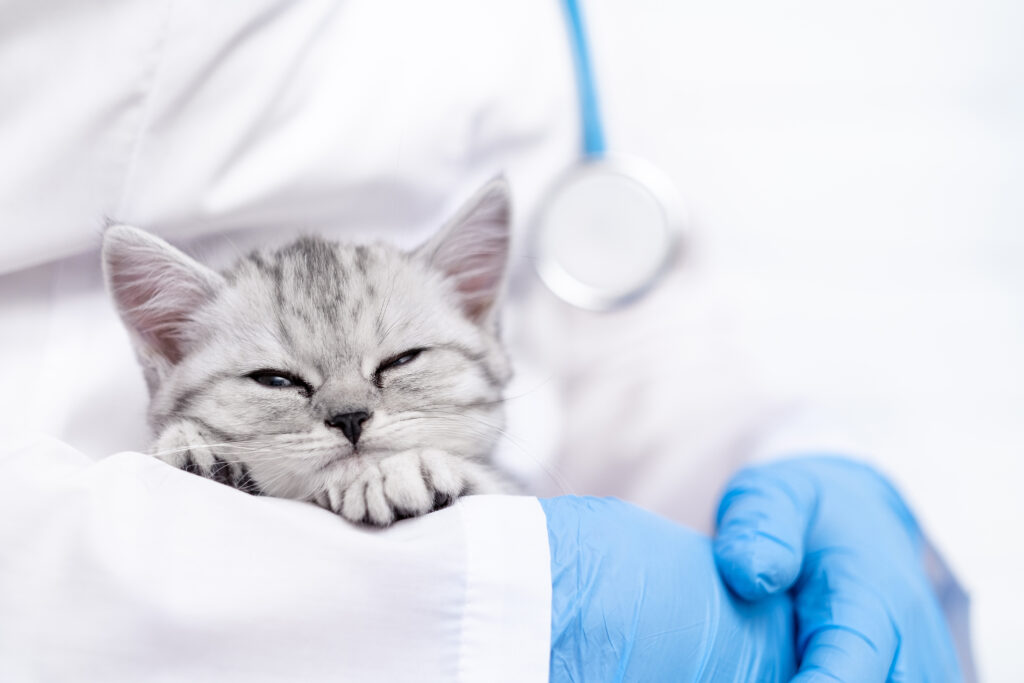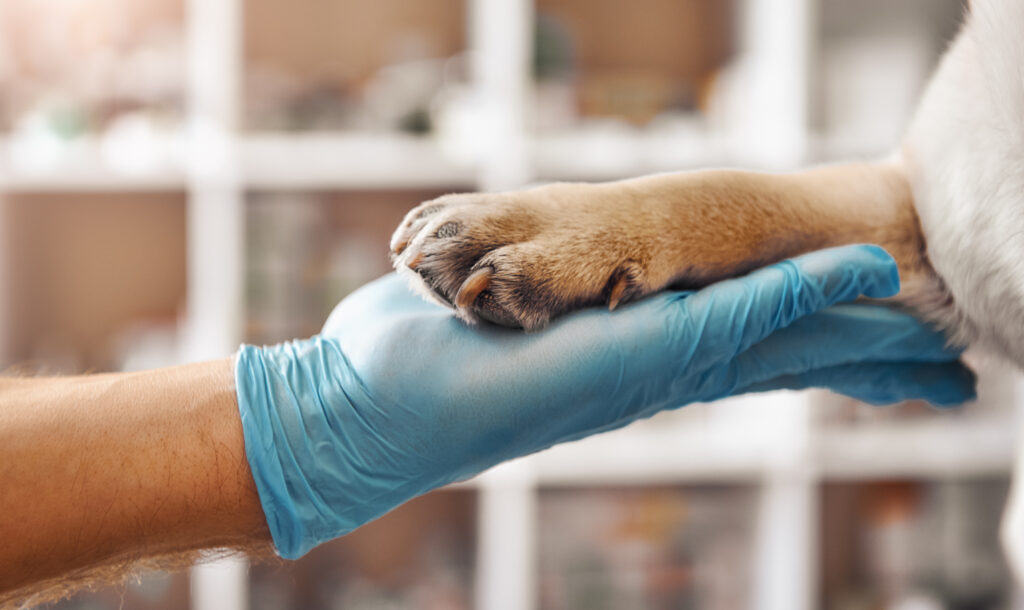Monday - Friday: 9:00 - 19:00
How does the surgery proceed?
Your pet must fast on the day of surgery, meaning you will remove their food 6 to 9 hours before surgery but leave their drinking water until the morning of surgery.
A clinical examination will verify that your pet's condition is compatible with anaesthesia before administering any anaesthetic drug. As an additional precaution, we recommend a pre-anaesthesia blood test, which can be done a few days before the procedure or the day of the clinical exam.
This health check includes controlling specific blood parameters (liver, kidney, blood sugar, protein levels, formula count). The anaesthesia protocol can be adjusted according to the animal's condition, or surgery may be postponed to stabilise the animal if necessary.
The liver and kidneys are the organs that eliminate anaesthetic products from the body, so they must work well. An average red blood cell count is vital for good oxygenation during anaesthesia; platelets are necessary for clotting and, therefore, to control bleeding. An optimal total protein concentration is essential for healing and recovery after surgery.
In some specific cases, other pre-anaesthetic tests, such as an X-ray or a heart test, may be necessary, but you will always be informed: nothing will be done without your consent!

You can leave your pet a cloth or towel with your scent on it to reassure him. Depending on the procedure, prophylactic antibiotic therapy and analgesics will be given before the surgery begins.
An intravenous catheter can be placed to provide permanent venous access to anaesthetic doses, infusions, and rapid administration if necessary. Once the animal is asleep, the surgical site is shaved and disinfected according to the rules of asepsis.
The first stages of this process take place in the preparation room, and the animal only goes into the surgery room for the final disinfection.
The animal is placed on an anatomical cushion that follows its body's shape and keeps it in the desired position while being comfortable. The animal is then covered with a sterile operating field, with access only to the restricted area of surgery.
Cardiac and respiratory parameters are constantly monitored to adjust the anaesthesia according to your pet's needs.

The pet is then comfortably placed in a recovery cage.
When animals wake up, they can get cold, so we ensure a comfortable room temperature in the kennel. Blankets and thermal packs can keep the patient warm if necessary.
Depending on the procedure, your pet may receive a bandage or a recovery collar to prevent it from licking the surgical wound. Sometimes, however, none of this is necessary.
Care, controls, and treatments will be tailored to the nature of the surgery and the animal's needs.
Our team is dedicated to providing you and your pets with the best care possible. Our modern facilities include a laboratory, ultrasound, surgical block with monitoring and gas anaesthesia, and day hospitalisation area.
Our staff values transparency, information, and compassionate care at Madeleine Vet. If you have any questions or need more information, please don't hesitate to ask.

©2023 Madeleine Vet, All rights reserved. Site created with love by Boca